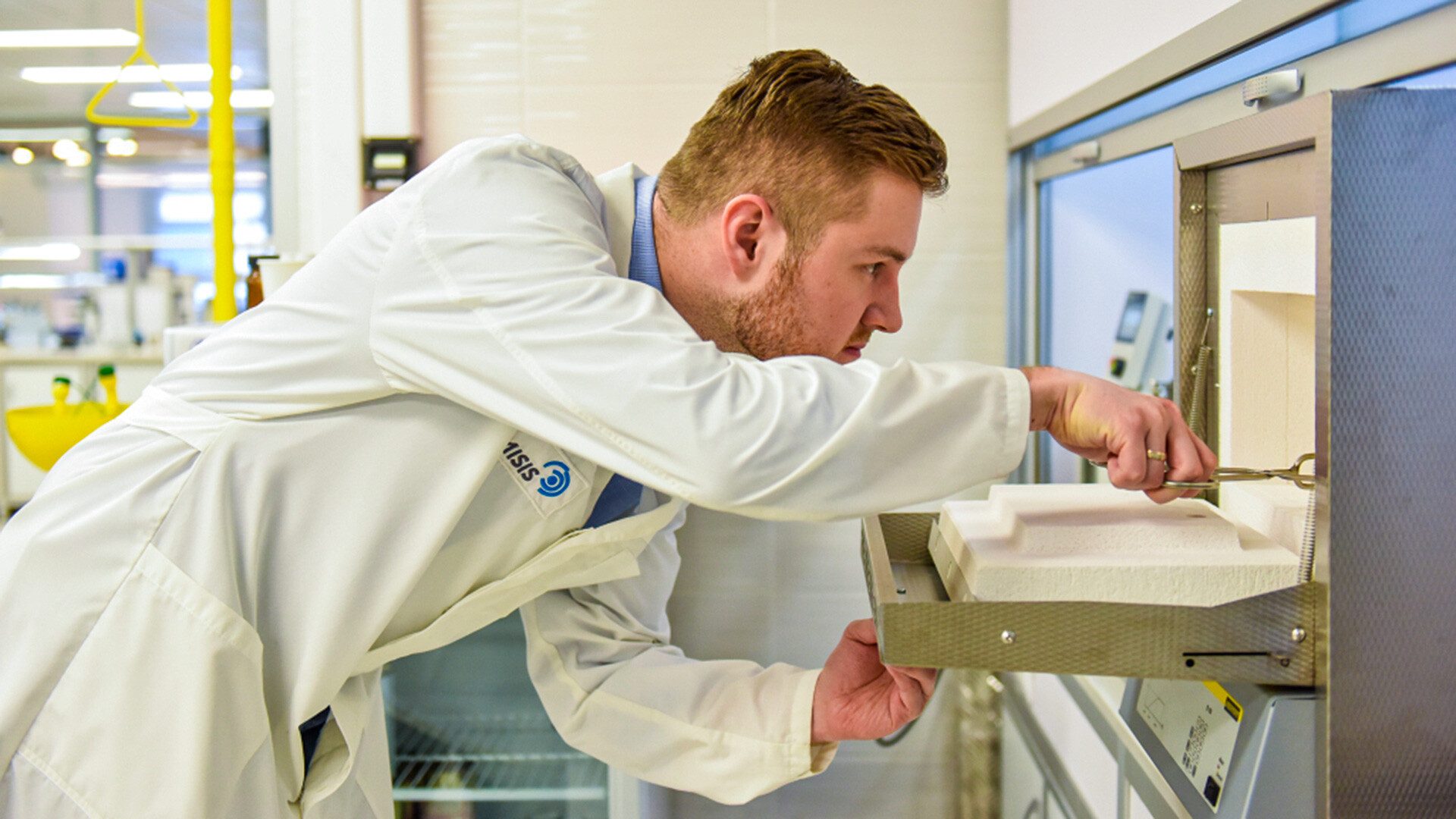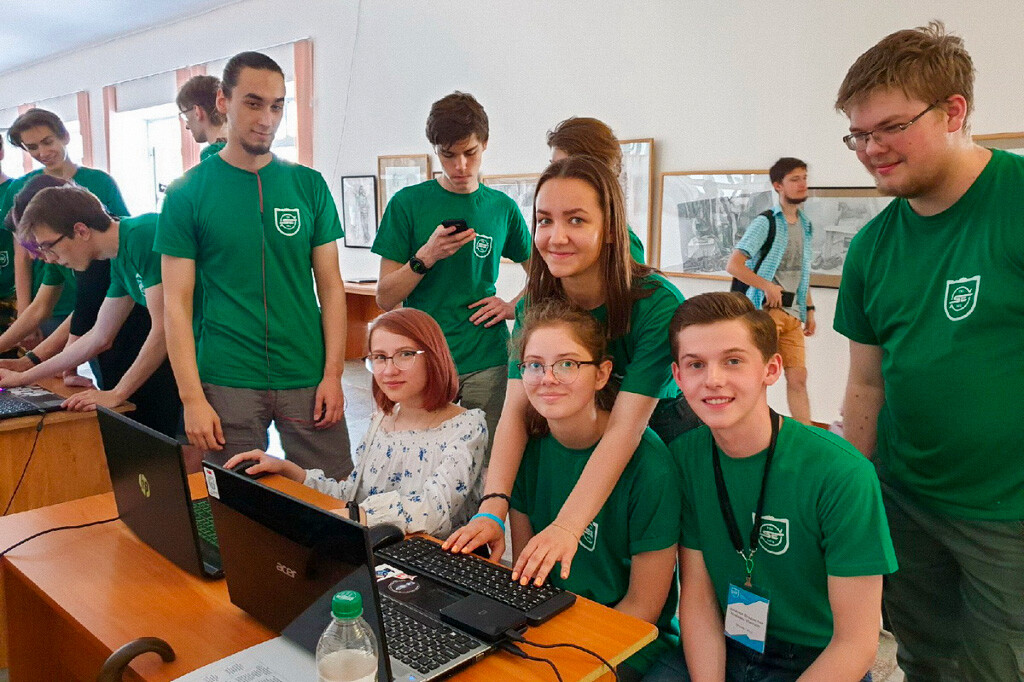Russia launches its biggest higher education modernization program in 30 years

Russia is unveiling an ambitious academic leadership program called Priority 2030, which is the brainchild of the Ministry of Science and Higher Education. Universities selected by a special commission on a competitive basis will annually receive state funding in the amount of 100 million rubles (over $1.3 million), while some will be able to apply for a special grant of up to 1 billion rubles (over $13 million).
To receive these funds, universities must submit innovative development programs, as well as to constantly demonstrate results: from developing new education programs, to developing new technologies, to carrying out innovative scientific research.
What is the purpose of Priority 2030?
“The main goal is that in 10 years there will be more third-generation universities that combine education, research and innovative entrepreneurship, and transform ideas and knowledge into technologies,” says Valery Falkov, the Minister of Higher Education and Science.
Universities are expected to both strengthen the role of the country’s regions in education and increase their contribution to the nation’s overall scientific and industrial development, says Andrei Omelchuk, deputy minister of higher education and science: “We must develop universities that take science to the level of specific technologies that can be implemented in production."
Future universities should pay more attention to new digital technologies, in particular, artificial intelligence, says Omelchuk.
In addition, according to Deputy Prime Minister Dmitry Chernyshenko, over the next 10 years, thanks to this program, about 300 new specialties will appear in Russia: "Half of these will be associated with digital technologies and the development of artificial intelligence."
Which higher education establishments will receive a grant?

The program has a selection process: each educational institution that wants to take part in the program submits a development plan for the next 10 years, and then a special commission considers each proposal, assessing the chances for achieving the stated goals.
In 2021, there are 121 universities participating in the program, with 45 having secured grants of up to 1 billion rubles each.
Most of the participating universities specialize in engineering. There is also a considerable number of medical and agricultural universities, as well as five humanities universities. The geographic scope of the program is extensive, covering the south of the country, Siberia, and the Volga region.
The participating universities' development programs are very diverse and often interdisciplinary. Here are just a couple of examples:
- Bauman Moscow State Technical University plans to launch a new Master's program in biotechnology and biophotonics (a scientific discipline that studies phenomena and methods associated with the interaction of biological objects and photons).
- Tomsk State University plans to train specialists in the field of artificial intelligence for the medical and mining sectors.
- Tyumen State University is developing a Master's program in regenerative land use and low-carbon development management.
- Yaroslavl State University is modeling modern neural network architectures. The grant helps the university to upgrade the hardware needed for research. “In a year, we expect that members of the consortium will be able to use a modernized data storage and processing infrastructure that is up to the global challenges in the development of systems based on the analysis of big data and AI methods," says Mikhail Chistyakov, Yaroslavl State University deputy rector for strategic development.
Spirit of competition
In the course of developing their programs, many educational institutions created consortia with scientific laboratories and actual production facilities.
“There was no requirement to set up consortia with research centers,” says Omelchuk. ”But for universities, these are additional competencies for achieving the necessary and better-quality results.”
The universities will be able to spend the grants on any needs related to their development programs: to purchase laboratory equipment, to set up business incubators for students and entrepreneurs, to interact and work on joint projects, to invite reputable specialists and professors.
At the same time, each university will have to constantly demonstrate that its development program is being implemented. If there is no positive dynamics in achieving the target indicators, a university will lose its Priority 2030 funding and be replaced by another.
"We want to create a competitive environment for universities so that they strive to achieve new heights," Omelchuk explains. In the end, it should improve the level of science and education in different areas and parts of Russia.
If using any of Russia Beyond's content, partly or in full, always provide an active hyperlink to the original material.
Subscribe
to our newsletter!
Get the week's best stories straight to your inbox